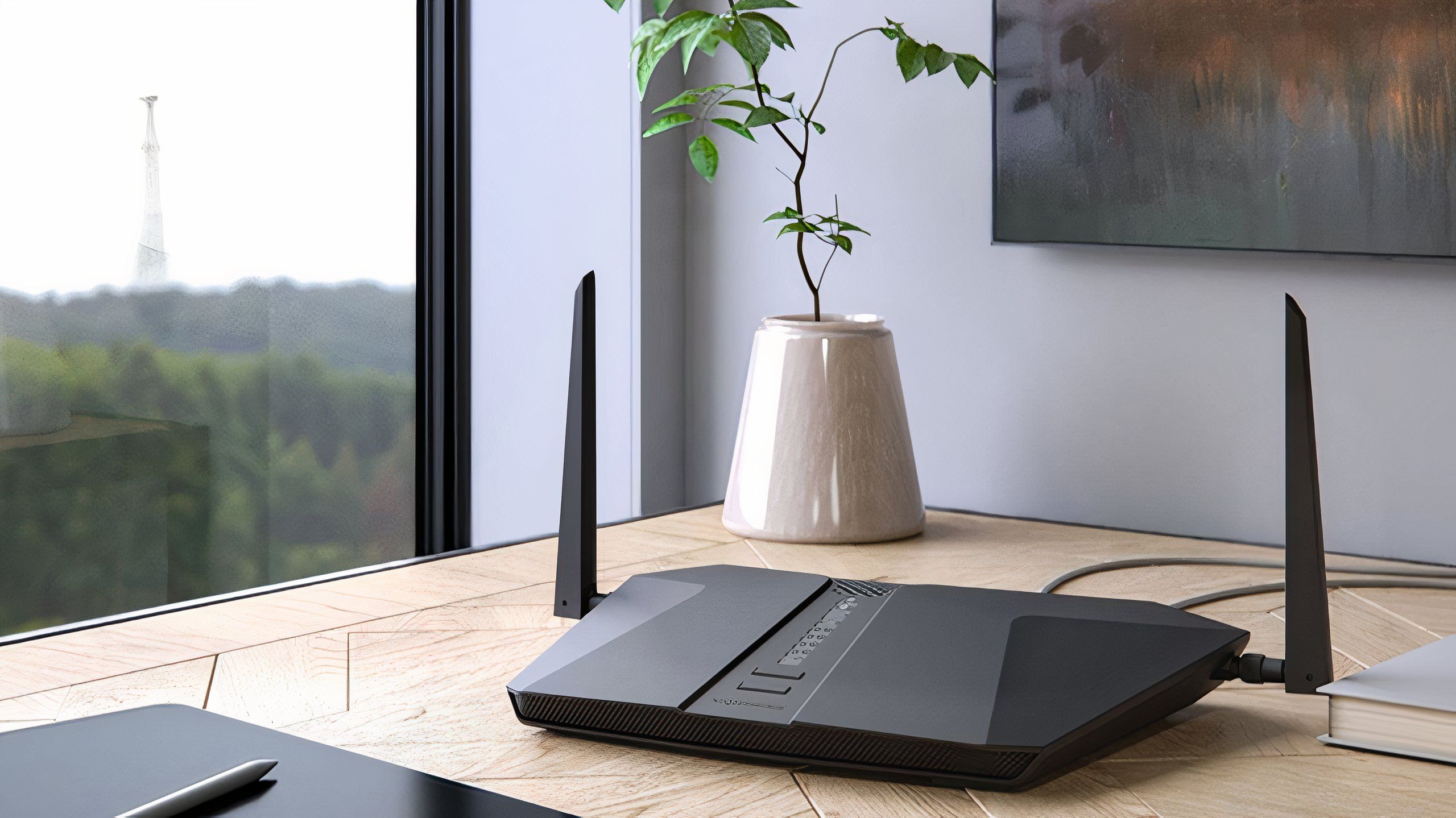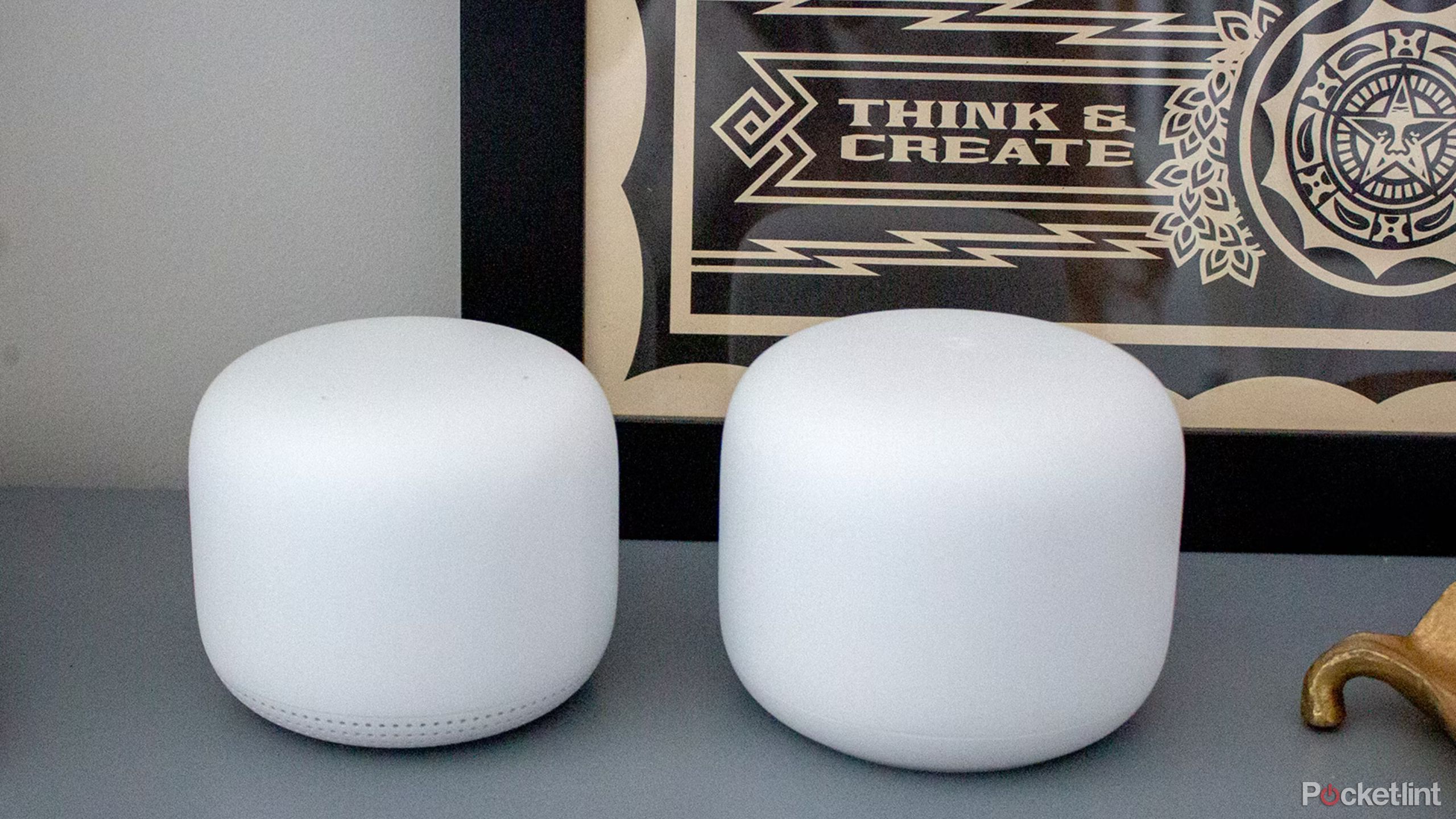Summary
- Buying your own Wi-Fi router can potentially be cheaper in the long run, or at least offer more advanced performance and features.
- It also simplifies transitioning between ISPs — all you have to do is bridge your router to your modem to get all your devices back online.
- There are downsides, however, such as reduced ISP support, and the need to familiarize yourself with Wi-Fi tech for the sake of shopping and settings management.
Many eons ago, it used to be that after a technician installed internet access in your home, you were on your own when it came to connecting devices to it. Needless to say, that had to change at some point — with the proliferation of Wi-Fi devices, it become tantamount to selling someone a car without a steering wheel. Every customer should be able to drive their car off the lot, and the digital equivalent is being able to connect things like your TV and smartphone without making a trip to an electronics retailer.
It’s now commonplace for internet service providers to include some form of Wi-Fi router with their plans, whether it’s a rental or integrated into your modem. I always use my own router regardless, and I think you might want to as well after you’ve read this article. In the interests of balance, I’ll also cover some pitfalls worth mentioning.
- Coverage
-
2500 sq ft
- Number of Devices Supported
-
200+
- Speed
-
9.4 Gbps (wired), 4.3 Gbps (wireless)
- Wi-Fi Protocols
-
Wi-Fi 7
The benefits of using your own Wi-Fi router
Reduced dependence, seamless transitions
If you’re used to renting routers, one potential benefit is long-term savings. $10 a month (or thereabouts) might not seem like much to pay for a rental — but over the years, it adds up. If you can buy a router with decent longevity, you may ultimately save some cash. Currently, longevity means buying a router with Wi-Fi 6E or 7 support.
Personally, I find that one of the greatest advantages is a seamless transition between providers. Every router defaults to its own settings and SSID (network ID), so each time you adopt a new one from an ISP, you’re faced with reconfiguring it or changing the SSID your devices connect to. With your own router in tow, all you have to do is bridge it to your ISP’s modem — everything in your home will reconnect as if nothing has changed. That’s especially useful for those of us with smart home gear, since pointing a dozen or more accessories to a new network can be a major hassle.
With your own router in tow, all you have to do is bridge it to your ISP’s modem — everything in your home will reconnect as if nothing has changed.
Remember also that ISPs tend not to provide the best Wi-Fi hardware, whether you’re using a separate router or a modem-integrated one. There’s a chance you’ll be limited to Wi-Fi 6, and even if you aren’t, you may not get the maximum speeds a Wi-Fi protocol supports. I’d expect to get a single router too, rather than a mesh system, unless you’re paying a higher rental fee. Mesh routers can be invaluable in large or multi-floor homes, helping to eliminate dark zones. And speaking of smart homes, some mesh systems can create or extend a Thread network for accessories like bulbs, sensors, and switches.
Related to this is the issue of security and software. While any ISP router you get these days is liable to support the most important security protocols, such as WPA3, some third-party routers may have additional software and capabilities. One of the perks of my Eero Pro 6E — this isn’t a shill for Eero, incidentally — is that its mobile app makes it dead simple to see which devices are connected, pause them if need be, and manage things like my admin accounts, guest network, and reservations and forwarding. You should have access to similar options with ISP routers, but don’t count on them having identical feature sets, or the slickest of interfaces.
Another nicety is that if your ISP does separate its modem and router equipment, that’s one less piece of hardware to return when you’re moving. It might not sound like a big deal, but I always find moves intensely stressful. The last thing I want to worry about is a piece of equipment I don’t get to keep — and the possibility of being charged if I don’t deliver it intact and on time, somewhere across town. My first move in Austin was glorious for that reason — the Spectrum office was right across the street.
Are there downsides to having your own Wi-Fi router?
A few final considerations
It’s not all sunshine and roses, naturally. One drawback is that there’s no guarantee you’ll save money — the router you want may end up costing you more if you have to upgrade sooner rather than later. Indeed, you’ll definitely pay extra if you choose a high-performance mesh or gaming router. As I write this, for example, my Eero Pro 6E three-pack is $475 — you’d have to rent from an ISP for a very long time to make buying the Eero more economical. I use one because of the intense demands on my home network.
The second issue is that you lose some degree of ISP support. If something goes wrong with a personal router, you’re on your own for troubleshooting, and on the hook if it needs to be replaced. Conversely, your ISP should be obligated to fix or replace any router it supplies, since you’re paying for the privilege. You may even be able to finagle an upgrade if the unit becomes outdated, although I wouldn’t count on that point. ISPs aren’t normally in a rush to get customers the best possible speeds at no extra cost.
If something goes wrong with a personal router, you’re on your own for troubleshooting, and on the hook if it needs to be replaced.
If you’re inexperienced with networking concepts, selecting and managing your own router can be daunting. Just the concept of separate frequency bands may be strange, never mind deciding whether options like DNS caching and IPv6 addresses are worth using. It’s worth educating yourself on Wi-Fi for various reasons — but I can’t blame anyone who only wants their phone, TV, and computer available after a long day at work. You wouldn’t insist that someone using a sink knows exactly how the plumbing connects.
On the whole, I’d still recommend that most people look into buying their own router. Even if it ends up being costly or a little intimidating at first, it can potentially make a world of difference to your home networking experience. And it’s not like you can’t go back later if you change your mind — ISPs love raising our fees.



